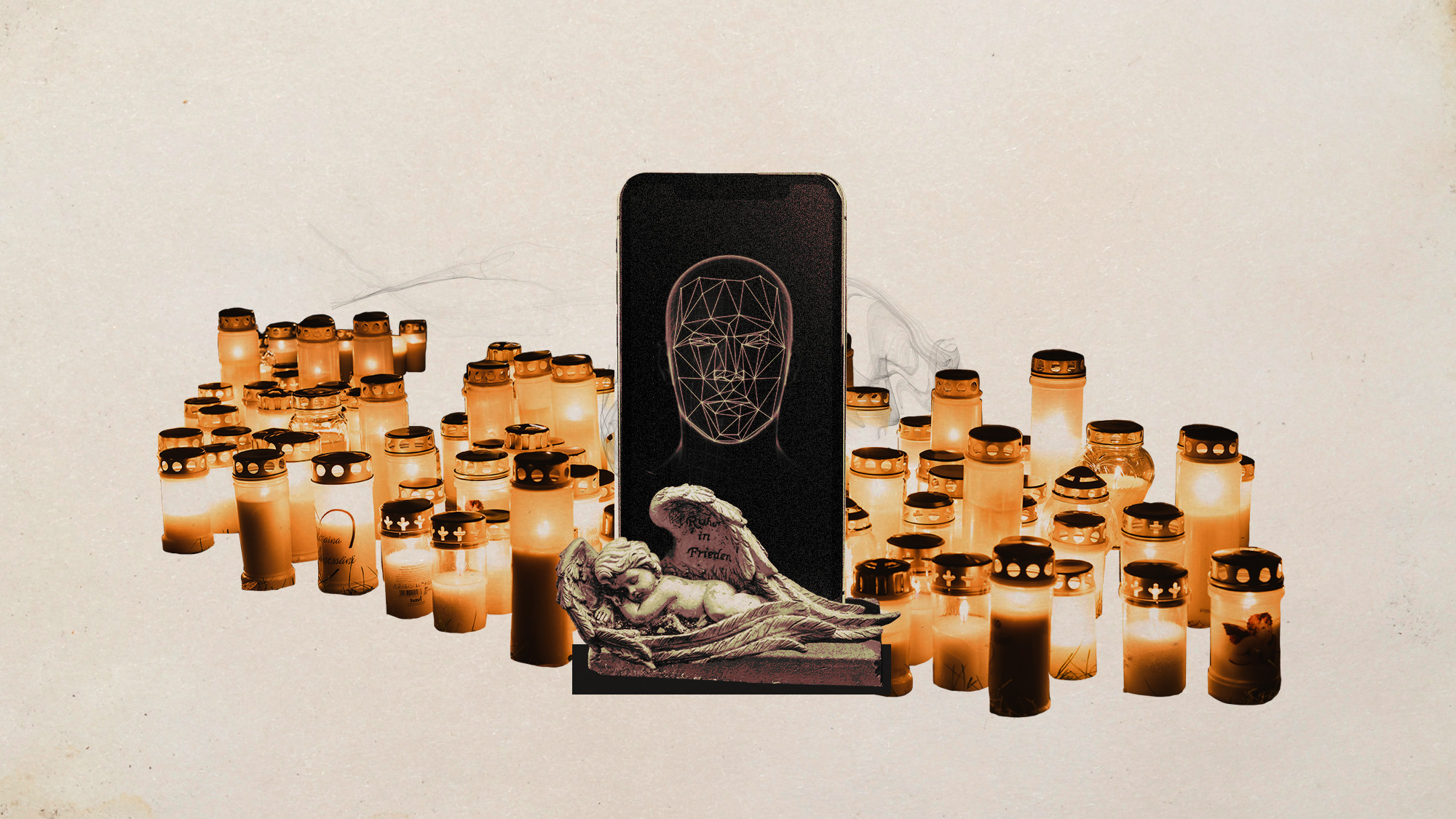Exhibit of the week: Joan Miró: Painting and Anti-Painting 1927–1937
Miró was among modern art’s foremost innovators, and this show at the Museum of Modern Art in New York suggests how he did it, said Peter Schjeldahl in The New Yorker.
Exhibit of the week
Joan Miró: Painting and Anti-Painting 1927–1937
Museum of Modern Art, New York
The Week
Escape your echo chamber. Get the facts behind the news, plus analysis from multiple perspectives.

Sign up for The Week's Free Newsletters
From our morning news briefing to a weekly Good News Newsletter, get the best of The Week delivered directly to your inbox.
From our morning news briefing to a weekly Good News Newsletter, get the best of The Week delivered directly to your inbox.
Through Jan. 12
In 1927, Joan Miró was an experienced if unaccomplished young painter, said Barbara Hoffman in the New York Post. Then the Spanish modernist boldly set out to “deconstruct everything he’d been taught” about how to paint. Instead of daubing colors on canvas, he wondered, why not just glue a bunch of feathers there? “Later he worked on tar paper, sandpaper, Masonite, aluminum foil, and the occasional chickpea.” Some of these experiments can be strange and beautiful; others are simply strange. “It’s not until the final section of the show that we see the Miró we know—all those brilliant colors and softly undulating, amoeba-like shapes.” Museumgoers may be surprised to learn how much anguish went into producing Miró’s confident, mature style.
There was sense to Miró’s seeming madness, said Holland Cotter in The New York Times. “The impulse to destroy” was, for many modern artists, integral to creativity. Miró started by methodically “taking painting apart, piece by piece,” eliminating touches that seemed superfluous. Seven paintings made in 1927 feature lots of blank canvas but precious little paint. “A year later Miró gets rid of something else: skill.” A work called Spanish Dancer I is intentionally crude—just a piece of colored paper with sandpaper and “a tiny cutout image of a woman’s shoe” glued on top. Finally, Miró returned to painting recognizable scenes—but only in order to “demolish art history” with a vengeance. Dutch Interior parodies a 17th-century love scene as a “hostile clash of bloated, slug-like forms.” La Fornarina transforms Raphael’s lovely woman into “a brown blob with a leering red mouth and one yellow cat’s eye.”
Miró was among modern art’s foremost innovators, and this show suggests how he did it, said Peter Schjeldahl in The New Yorker. Paintings like The Birth of the World (1925), “in which vestigial forms float in washy fields of unbounded color,” would profoundly influence such movements as abstract expressionism. Yet precisely because Miró’s style was influential, some of these works can seem old hat. Many are immature and hardly among Miró’s best, but a few, in their surprising rawness, show a new side of an artist we thought we knew. Painting (Head) is a “lyrically slovenly” jumble of blue, pink, and black, and Miró’s “small, painstakingly detailed” surrealistic panoramas on copper create a fantastic parallel world. They’re like nothing Miró—or anyone else—created before or after.
A free daily email with the biggest news stories of the day – and the best features from TheWeek.com


